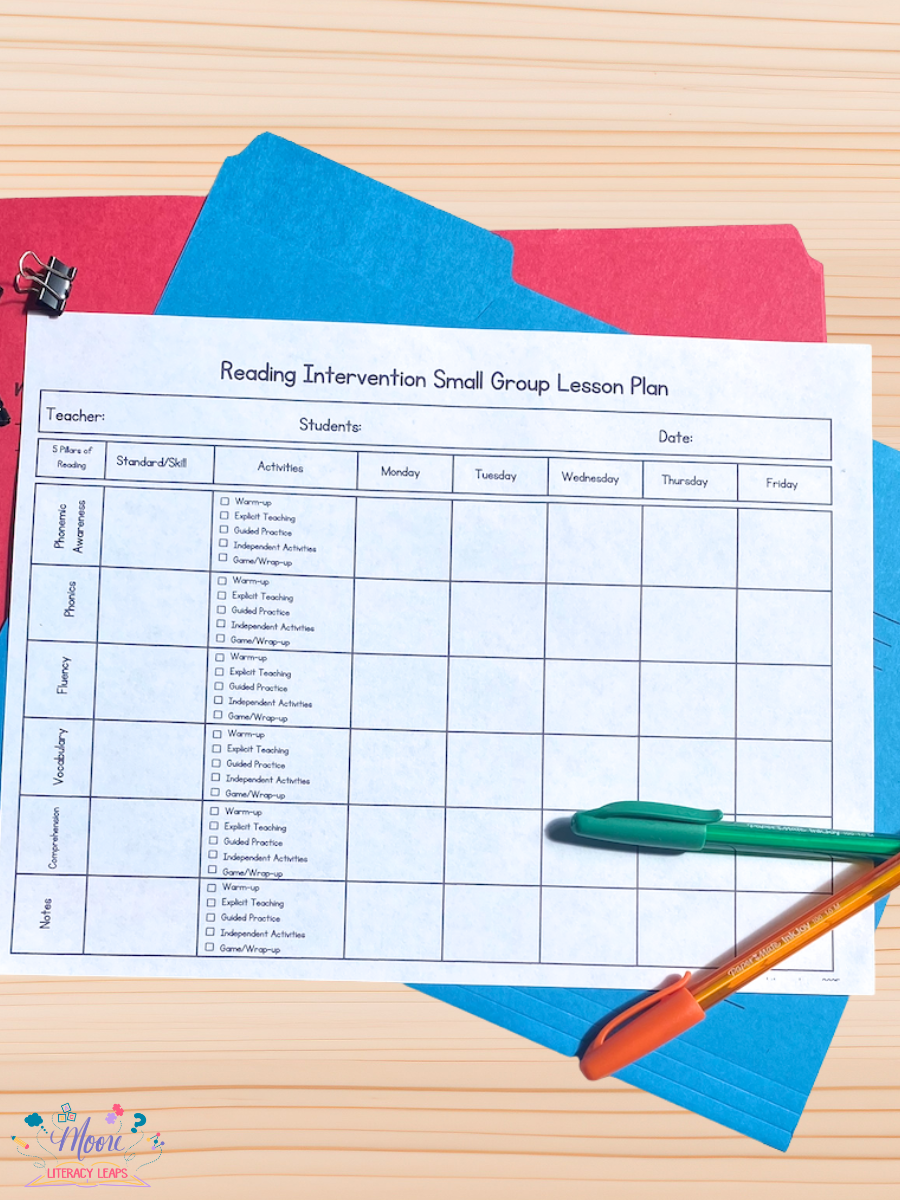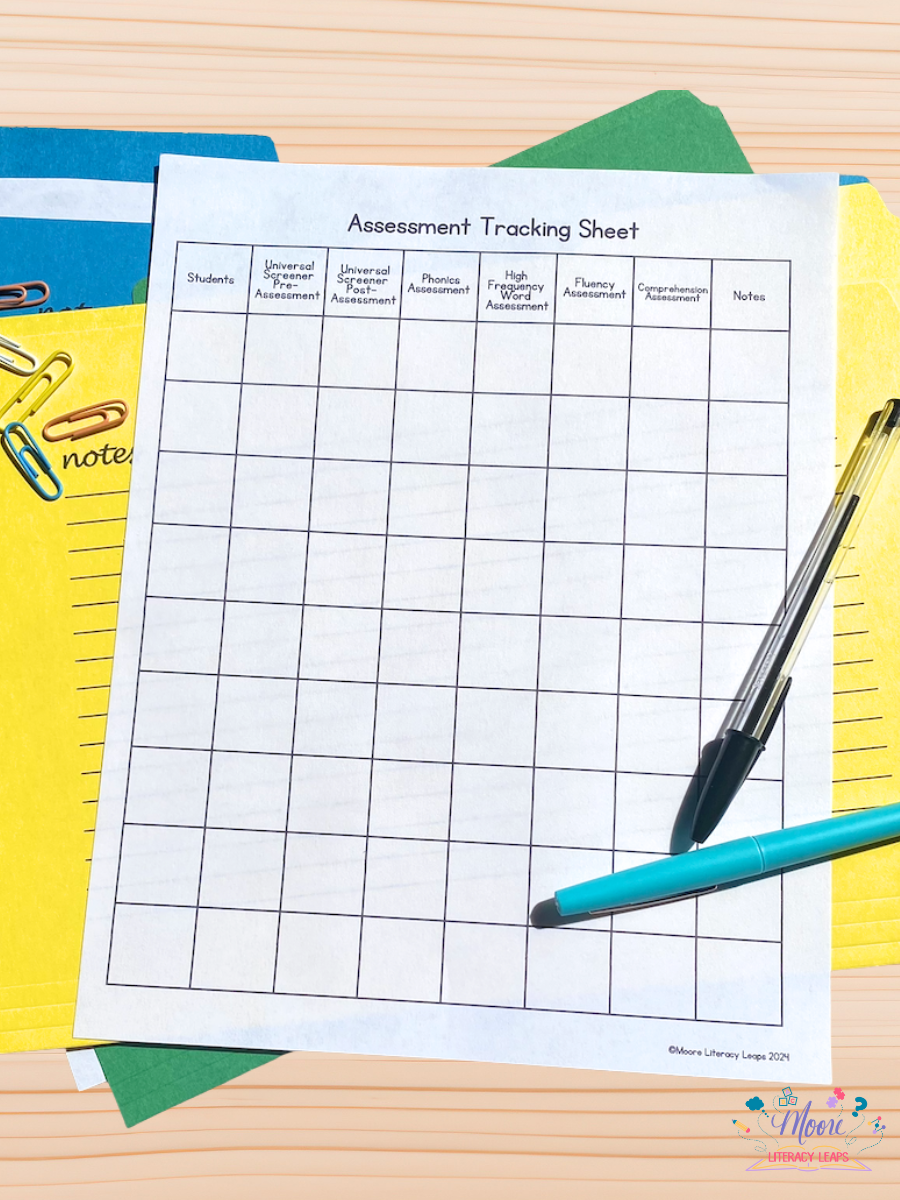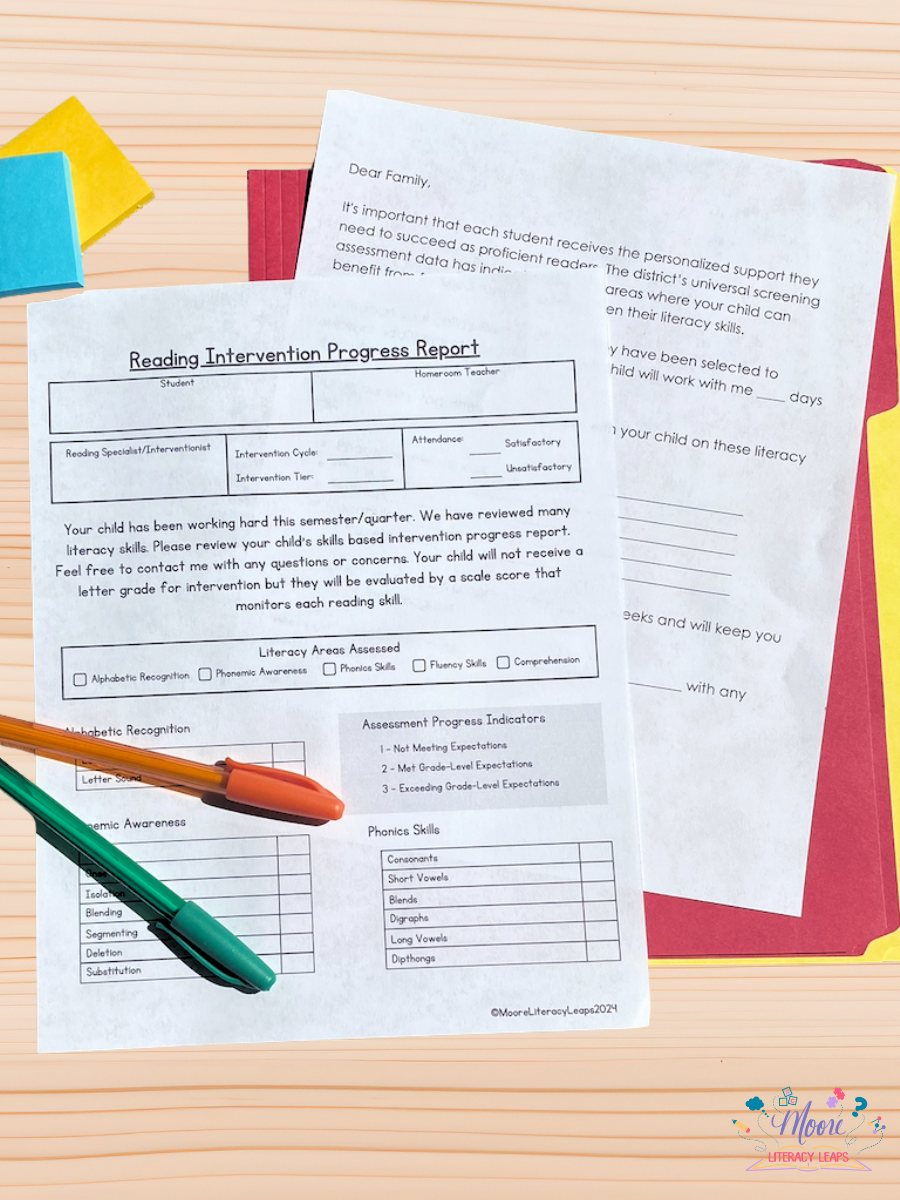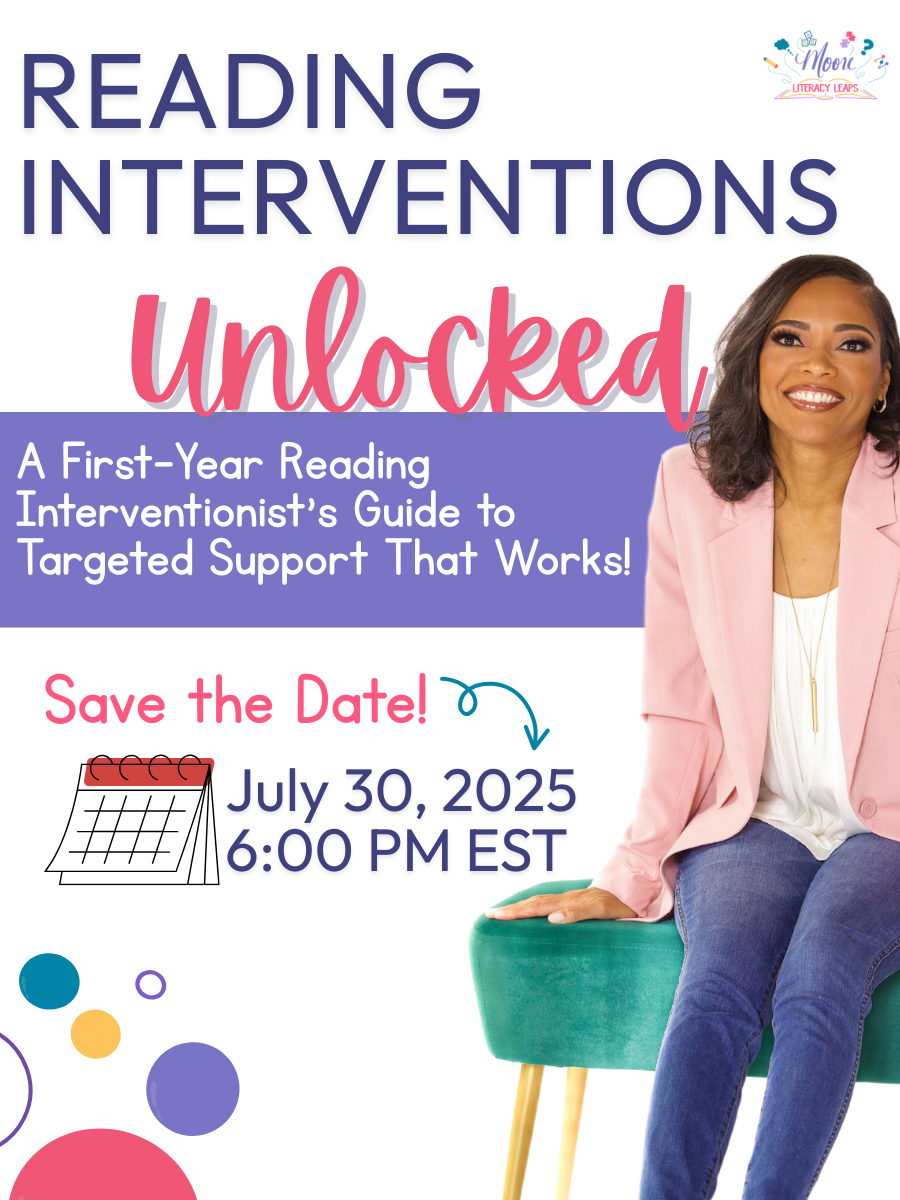What I Would Change About My Past Reading Interventions
As the end of another school year approaches, I always take time to reflect on what went well—and what I might need to change for the year ahead.
Wrapping up my role as a literacy coach in a new district, I’ve been reflecting on the growth, challenges, and the big takeaways from this school year.
I had success facilitating a variety of professional development sessions and literacy training for elementary teachers.
But I also noticed a few patterns in my own work:
I need to stay focused on implementing one thing at a time and stick with it for the full year.
I need to avoid trying to juggle too many tasks at once (guilty as charged—anyone else?).
As I started digging deeper into these reflections, I found myself thinking back to my years as a reading specialist.
What would I do differently if I could go back and revise my approach to reading interventions?
Here are the most important reading intervention strategies for teachers I’ve learned through real classroom experience - plus what I would change to make interventions more effective and sustainable.
Mistakes I Made—and the Reading Intervention Strategies I Use Now
#1. Focus on Deficit Skills, Not Everything at Once
Don’t try to do it all.
One of my early mistakes as a reading interventionist was trying to tackle every skill with struggling readers. It’s easy to feel pressure to cover comprehension, fluency, vocabulary, decoding—you name it—but that approach spreads instruction too thin.
A better strategy:
Use item analysis after benchmark assessments to identify the most pressing skill gap for each student.
Choose one targeted strategy or skill to focus on at a time for maximum growth.
Now, I focus more intentionally on connecting instruction to the 5 Pillars of Reading—phonemic awareness, phonics, fluency, vocabulary, and comprehension. When instruction is aligned to a specific pillar, it's easier to stay strategic and focused.
At one point, I was trying to balance both structured literacy and balanced literacy mandates - without clear alignment. That led to mixed messages for students. Today, I’m much more intentional.
Need help staying focused and strategic? Grab my editable lesson plan template here!
#2. Collaborate Regularly with Classroom Teachers
When I was a reading interventionist, I wasn’t required to meet regularly with classroom teachers—so I often didn’t. I only touched base occasionally about weekly phonics or reading goals.
Here’s how I would approach that differently now:
Schedule regular check-ins with classroom teachers.
Review students’ reading goals, current instruction, and progress together.Align small group interventions with what’s happening in the classroom.
When intervention and core instruction are aligned, students see stronger, faster progress. This is one of the most underrated reading intervention strategies for teachers—but it's a game changer!
#3. Use Progress Monitoring Data to Guide Instruction
In my earlier years, I treated progress monitoring like a compliance task—something I had to check off a list. Now I know: Data should drive instruction.
Here’s what I do differently today:
Analyze data meaningfully, not just collect it.
Use data trends to plan the next steps for small group instruction.Reassess every few weeks and adjust instruction based on growth.
If you’re collecting data, let it guide your path forward. Progress monitoring is one of the most important reading intervention strategies for teachers - but only when used intentionally.
Using an assessment tracking sheet has been my secret weapon when it comes to analyzing progress monitoring data. You can grab a copy of the one that I use here!
#4. Communicate with Parents Consistently
Looking back, I wish I had communicated more regularly with families—not just at conferences or when progress reports were due.
Parents deserve to know:
How their child is progressing in reading.
What specific skills they're working on in intervention.
How they can help at home.
The reading specialist is often the first person to talk with parents about academic struggles. If you create an open, supportive dialogue, you'll build a partnership that benefits the student.
Need help creating a system for parent updates? Check out my Parent Communication Templates here!
#5. Build Systems and Routines That Work for You
In the beginning, I followed the district’s intervention schedule exactly—even when it didn’t work for my caseload or students. It led to chaos, stress, and inconsistent results.
Now I know better:
Follow the framework, but make it fit your style and schedule.
Create custom routines that match your students’ needs.
Stick to a predictable system that includes consistent materials, times, and transitions.
Consistent systems reduce stress for you and your students—and lead to better outcomes. Flexibility within structure is one of the most powerful reading intervention strategies for teachers.
Next Steps for Teachers: Making the Most of Reading Interventions
If you’re a literacy teacher, reading specialist, or interventionist, I hope these reflections help you strengthen your own approach. Reading intervention strategies for teachers work best when they’re intentional, focused, and supported by collaboration - with both teachers and families.
We don’t need to get it perfect every time, but we can get better each year.
And I’ve got just the thing to ensure you’re going into next school year feeling prepared!
In this 90 minute workshop I’ll help you…
Balance your schedule.
Make sense of your intervention data.
Build a system that actually supports student growth WITHOUT burning you out!
I’m super pumped about this workshop, and I can’t wait to see you there!




